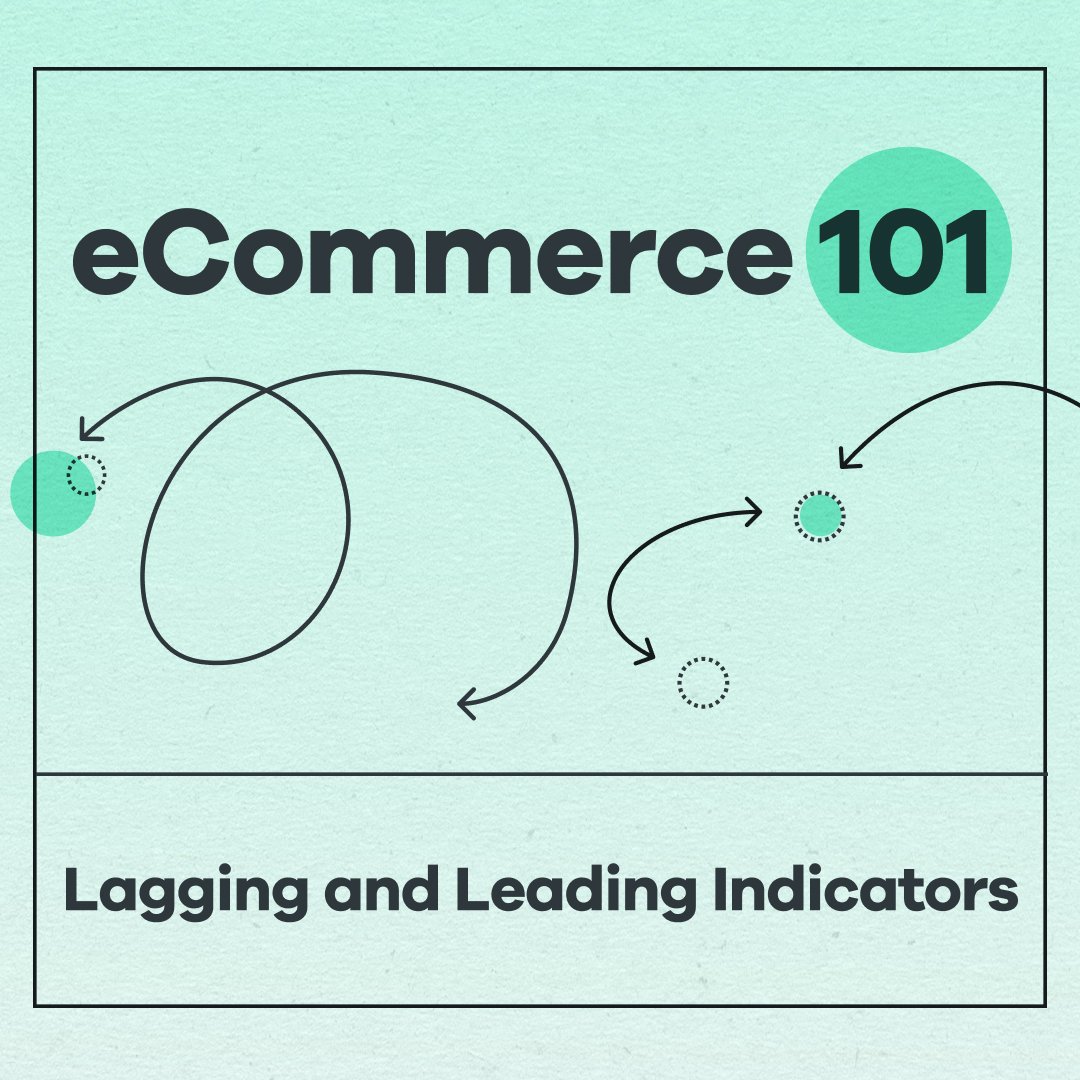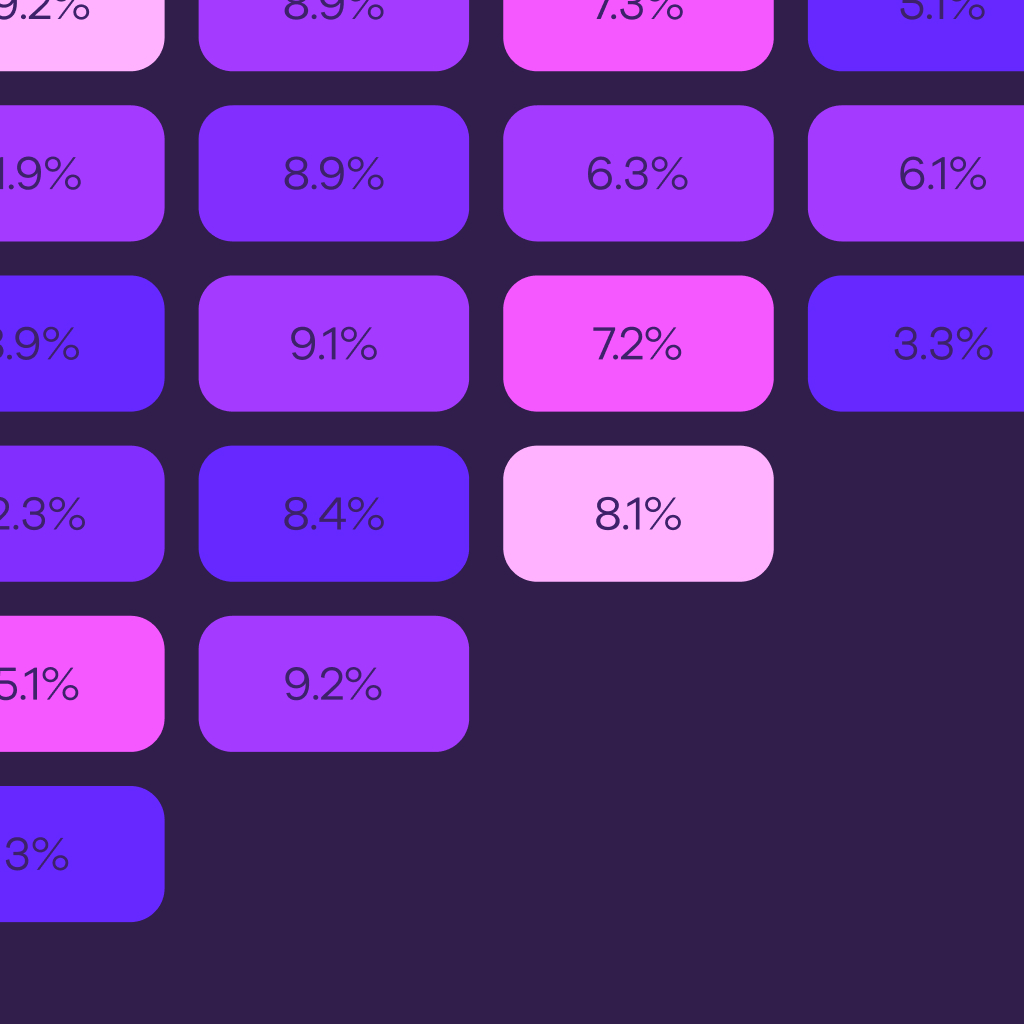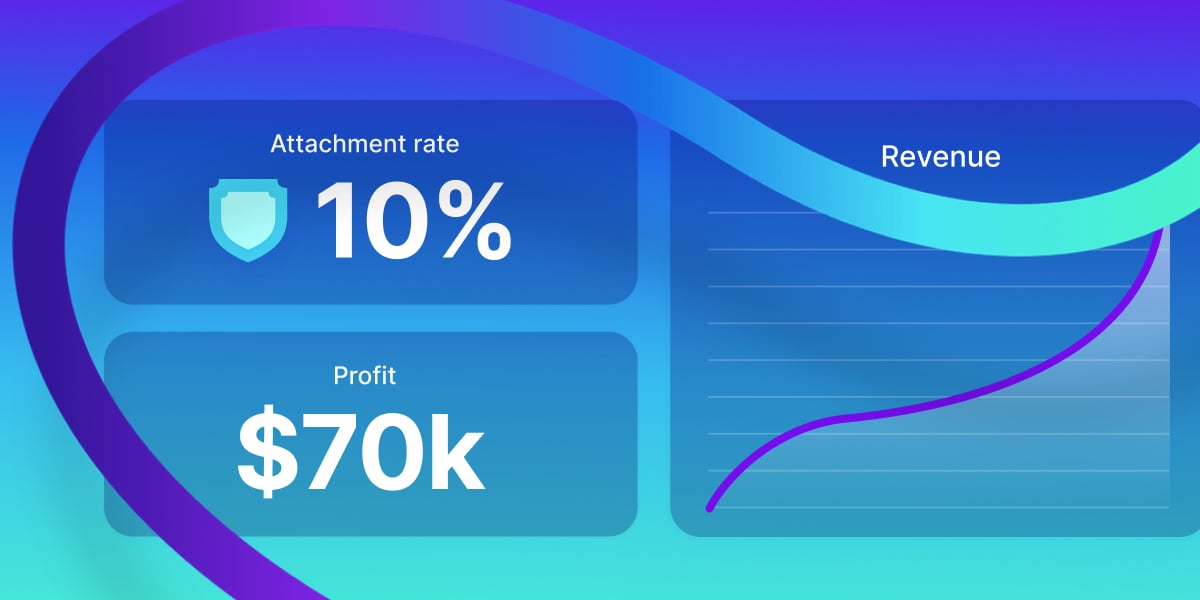In May 2020 Shopify hosted Reunite, the company’s first virtual event that hosted members of Shopify’s global merchant community. The gathering, which was also open to Shopify partners and the public, covered the latest product news in areas like finance, retail, and shipping to showcase how Shopify is helping merchants future-proof their businesses amid COVID-19.
They released functionality and features in every segment of the business, so I took the time to break down what this actually means for your strategy running on the Shopify platform.
Financial products that help you take control of your cash flow
I recently heard someone say: “Every company eventually becomes a FinTech company” Shopify is the latest company to provide easier ways for its merchants to manage cash with the following releases:
Shopify Capital
Simplified, fast funding based on your store's sales history. This financing becomes available in days once you’re approved.
Shopify Balance
A single place within Shopify where you can get a clear view of your cash flow, pay bills, and track expenses, so you can make more informed decisions about the future of your business.
So what now? Talk strategy to me.
Shopify Capital
Not all brands need venture funding, especially retailers who are already in business. These brands occasionally need a quick injection of cash to invest in inventory or marketing. Payment processor financing has been around for years, but Shopify Capital is offering it to their customers who use Shopify Payments. Payment processor financing is an innovative equivalent to accounts receivable financing, a lending tool that allows brands to take on money quickly, easily, and without a personal guarantee by the founders. Using historical transactions for projections of future income, Shopify can bank on future payments coming in to syphon off loan payments at a low risk.
Shopify Balance
Cashflow is the number one financial issue for inventory-holding eCommerce companies. Accounting software that helps manage cash flow is extremely manual and is often outsourced to an accountant. Shopify Balance is the company’s first foray into giving brand owners more ease and transparency into their accounting needs. Also, a gangster play by Shopify, since this gives them direct visibility into what big ticket items merchants pay for that Shopify might be able to disrupt down the road.
Deliver orders faster, for less—without compromising customer experience
There’s been a PR drum that Shopify has been beating in 2020: Shopping local. It’s a message that Amazon and Walmart (and Facebook & Google for that matter) cannot compete with. On top of that most brands have local customers who don’t want to wait, pay, or deal with shipping of goods. There’s still romance in face-to-face shopping. These latest product releases make managing that process easier.
Curbside pickup: Curbside pickup lets customers skip waiting for shipping and allows them to pick up online orders in-store, curbside, or from a location identified as a pickup spot.
Local delivery: Shopify merchants can offer a local delivery experience. Define a local delivery area and deliver using Shopify’s new Local Delivery app.
So what now? Talk strategy to me.
Small brands on Shopify with local inventory supply have been hacking together a local pickup option for years. Staff members at these brands have also delivered items on their way home or who live close by. Shopify’s curbside pickup & local delivery offerings enable merchants to provide an amazing brand touchpoint for customers, which we’ve seen increase customer LTV. Shopify is providing infrastructure that eases this and more holistically, is creating an asset that Amazon cannot compete with.
...something that was quietly added to this section was a MAJOR update around the Shopify Fulfillment Network (SFN). To recap, the SFN is a network of warehouses run by Shopify that is providing merchants access to 2 Day shipping for their customers. It’s now available to businesses that ship between 10 and 10,000 orders a day in the United States. That’s a majority of businesses on Shopify, which democratizes 2-Day shipping in a way that every brand dreams of.
As we’ve seen with a lot of Shopify headlines lately, they are using their vast merchant network to build offerings that can compete with Amazon. The Shopify Fulfillment Network’s 2 Day promise is a direct jab at Amazon Prime to deliver on consumer shipping expectations.
Sales channels to meet your customers where they are
Shopify POS: Shopify has rebuilt their POS infrastructure to provide a brick-and-mortar experience that can play nicely with a brand’s online experience, mainly real-time understanding of inventory.
Shopify Email: Shopify’s email service provider allows merchants to send and track their branded emails. They’re offering this for free through Q3 of 2020 to incentivize to give it a shot.
Shopify Ping: Shopify Ping is a free messaging app for customers to engage with Shopify merchants. Currently available on iOS, Shopify is rolling out an Android app later this year. Lastly, Shopify is adding staff accounts to enable messaging with customers individually and collaborate with other teammates via chat.
Facebook Shops: Shopify has partnered with Facebook and Instagram to give Shopify merchants access to Facebook Shops. Facebook Shops is a new functionality that lets you create a branded store inside Facebook and Instagram mobile apps.
Google Shopping: The Google Shopping tab is used by millions of google users. Shopify has partnered with Google to sync Shopify merchants’ products and give access to those products.
Shop channel: Shop is a digital shopping assistant that helps customers discover products from their favorite brands and track their orders. Shop will soon become the Shop Channel, where brands can customize their brand story and how they’d like to build a relationship with their customers. (Think an aggregated shopping app for a customer’s favorite shopify stores)
So what now? Talk strategy to me.
Shopify POS: Go to a Shopify brand’s first retail location and the amount of times you’ll hear: “Let me see if that’s in stock online” will be too many to count. This functionality will ease inventory issues and will give transparency to the customer of what they can find in their local store (if the brand has multiple stores). The bigger, more gangsta play by Shopify here is the unveiling of a Shopify POS app store. This will help them compete and innovate the POS industry which has a global market share of $8.2B. (Will we see Shopify moving into restaurants?)
Shopify Email: As we’re slowly seeing, Shopify is building an empire. They started with the eCommerce platform, but want to slowly own more of the eCommerce operations. Email, Fulfillment, Accounting/Finance, etc. Email is a massive revenue generator and the first step to getting closer to the customer. (Yes, I said it, Shopify is trying to get closer to the end consumer.)
Shopify Ping: This gives a direct line of communication with customers that can be seen in direct competition with SMS, Facebook Messenger, and on-site chat services. Meanwhile, their team accounts could be a slack for customer service members. It’s a bit of a shot in the dark, but is an interesting step towards iterating into one of those markets mentioned.
Facebook Shops, Google Shopping, and Walmart (!?): One of Shopify’s biggest assets is its merchants and their vast array of supply. The more Shopify can provide access to that supply, the more traffic those items get and thus the more purchases that occur. Shopify partnering with Facebook Shops, Google Shopping, and Walmart does exactly that: it uses existing marketplaces to drive traffic and sell through to their merchants.
Shop Channel: Product search across Shopify is still impossible. We think the new Shop Channel will create a marketplace of Shopify stores for customers to shop based on products vs brands. If I need weights, I’d love to just search for that product and not try to remember the instagram ad I saw 16 swipes ago while stalking my ex’s stories.
Making it easier for every business to become an online business
Merchant tipping at checkout
Express is a free Shopify theme designed specifically for restaurants and other food and beverage businesses to quickly create a simple online store.
So what now? Talk strategy to me.
Maybe a direct response to COVID, but we might see a permanent shift of restaurants being an amorphous marketplace for pantry items and prepared meals, as we’ve seen. This is Shopify’s nod to the restaurant community to start testing their platform. As mentioned earlier, in the Shopify POS section, there is a massive market to disrupt here, tips are an easy offering that quickly makes this accessible for restaurants and takes some (espresso) shots at Square.
Local domains and other features to offer localized experiences, globally
“Expanding our domains feature to enable merchants to set up local domains, each with its own assigned country, currency, and languages. Local Domains can help you scale your business to different parts of the world by tailoring your online store to match the needs of international buyers, and they'll be available to all merchants worldwide later this year.”
Shopify has also increased their global exchange to 133 currencies.
So what now? Talk strategy to me.
In the past, Shopify merchants would either need to spin up separate websites with separate domains or start to dabble with headless eCommerce to offer different currencies and regional shopping experiences. This functionality makes it easier to grow internationally; international growth is Shopify’s next frontier. Next step will be international inventory and warehousing infrastructure...VAMOS!
New functionality to save time on everyday back-office tasks
Some minor updates on the back-end which include the following:
- Faster product creation workflows
- "Draft" state for products
- Improved order management
- Purchase orders and inventory reports
- Centralized product returns
Click through here to read more specifically what each of these are.
So what now? Talk strategy to me.
There is no major strategic take here other than Shopify doing what it’s doing best now: making life of the merchant easier to do what they do on a daily basis.
Even faster load times and a new store performance dashboard
“We're rebuilding our online store engine to accelerate load times and have already seen some stores load up to twice as fast when powered by this engine. We’re currently rolling it out to Plus merchants, but it will be available to all merchants by the end of the year.
We're also releasing a new online store performance dashboard that gives you a more transparent look into your Shopify store's performance, so you can see how recent changes to your store affect page speed.”
So what now? Talk strategy to me.
Shopify stores are image heavy websites that can be clunky and take a long time to load. An eCommerce business loses roughly 25% of its online visitors if its website takes over 4 seconds to load. Shopify is providing a better experience for end customers to shop from their favorite Shopify brands.
Conclusion
Looking through all these product releases, we can see that Shopify is focusing on 3 things:
- Focusing on giving more access to their massive supply of products (e.g. partnerships with Facebook & Google)
- Making life easier for their merchants to scale their businesses
- Providing benefits to the end customer (e.g. Shop App, Shopify Fulfillment 2 day shipping)
This is all very impressive. One key area where we believe they have a lot of room to compete with Amazon is on the product aggregation side. How can an end consumer shop home goods from a Shopify merchant without knowing a brand name? They can’t. A search engine for Shopify will be a way to more directly compete with Amazon from a marketplace perspective.









.png)

